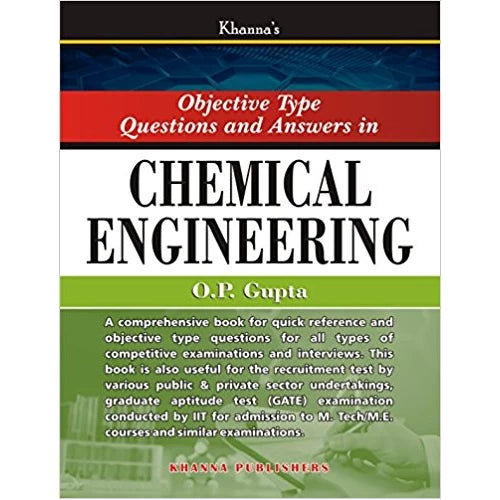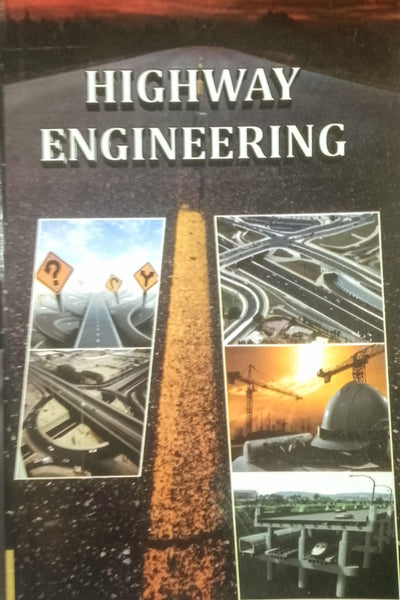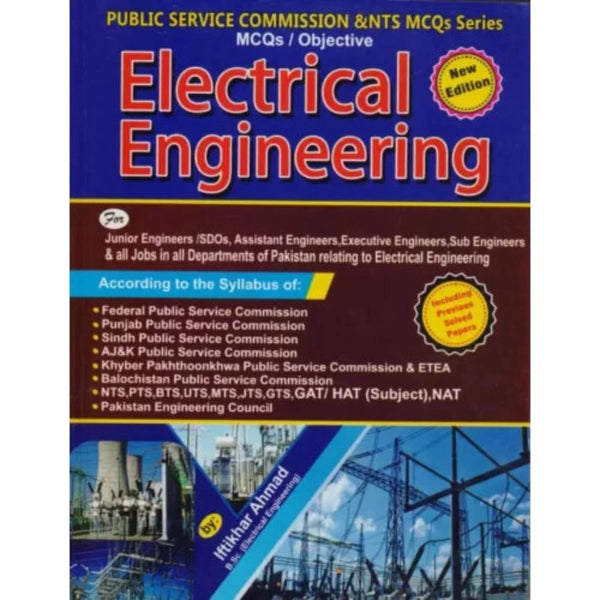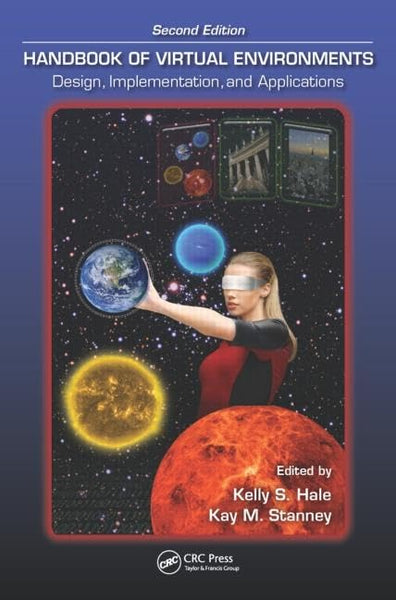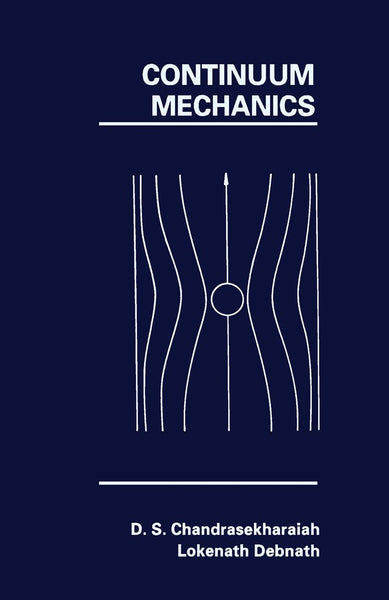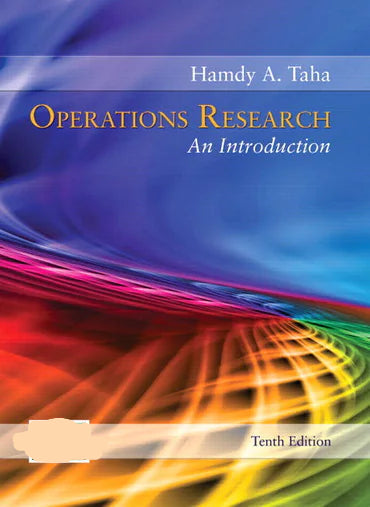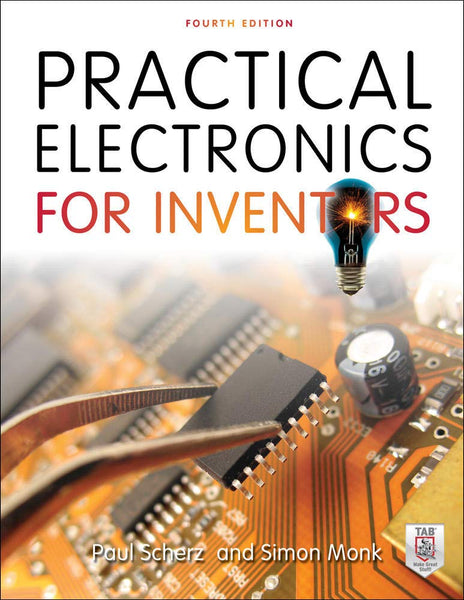Air Pollution Control Technology Handbook by Karl B Schnelle Jr. (Author)
- Publisher: ENVIRONMENTAL SCIENCES
- Availability: In Stock
- SKU: 44763
- Number of Pages: 408
Rs.890.00
Rs.1,095.00
Tags: air emission control , air pollution compliance , Air Pollution Control , Air Pollution Control Technology Handbook , air pollution devices , air pollution reference book , air pollution textbook , air purification systems , air quality management , air scrubber systems , air treatment systems , best books , Best Price , Best Selling Books , Charles A Brown , clean air technology , engineering emission systems , engineering environmental safety , engineering pollution solutions , HVAC pollution control , industrial air pollution , industrial emissions , industrial hygiene , Karl B Schnelle Jr , mechanical air systems , Mechanical Engineering , mechanical engineering books , NOx reduction , ONLINE BOOKS , Online Bookshop , particulate matter control , pollutant removal systems , pollution control engineering , pollution control equipment , pollution control handbook , pollution control principles , pollution control technology , pollution engineering guide , pollution mitigation , SOx control systems , VOC control
📘 Title Name: Air Pollution Control Technology Handbook (Mechanical Engineering)
✍️ Authors: Karl B. Schnelle Jr., Charles A. Brown
📦 Quality: Black White Pakistan Print
🔹 Introduction:
This comprehensive handbook offers an in-depth guide to the methods and technologies used for controlling air pollution. It is a vital reference for engineers, scientists, and policymakers working to reduce atmospheric emissions and improve air quality.
🔑 Key Points:
-
Covers regulatory requirements, engineering principles, and control equipment.
-
Discusses pollutants like particulates, VOCs, NOx, SOx, and greenhouse gases.
-
Emphasizes cost-effective and practical solutions for pollution control.
-
Features real-world case studies and industrial applications.
-
Suitable for professionals in mechanical, environmental, and chemical engineering.



